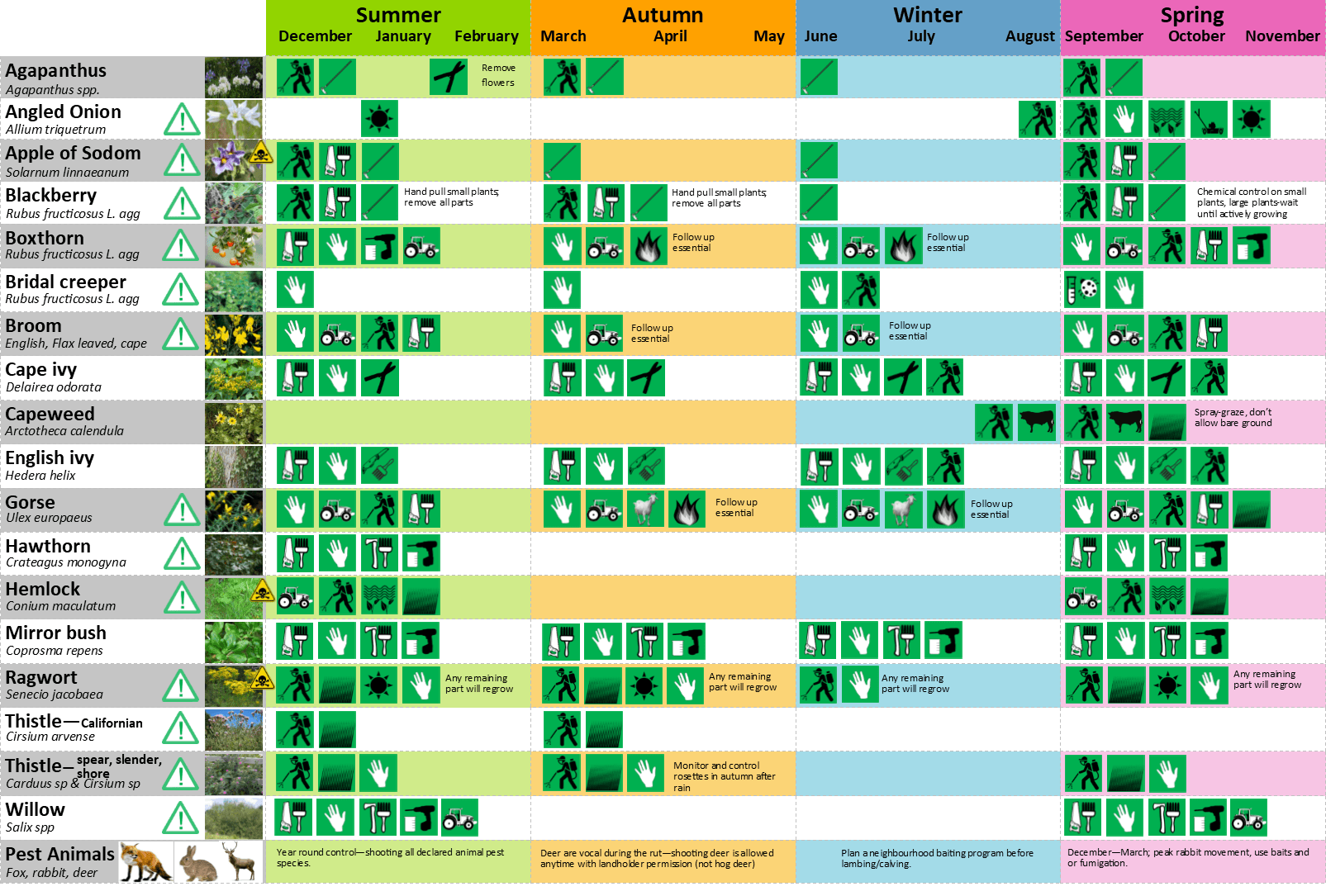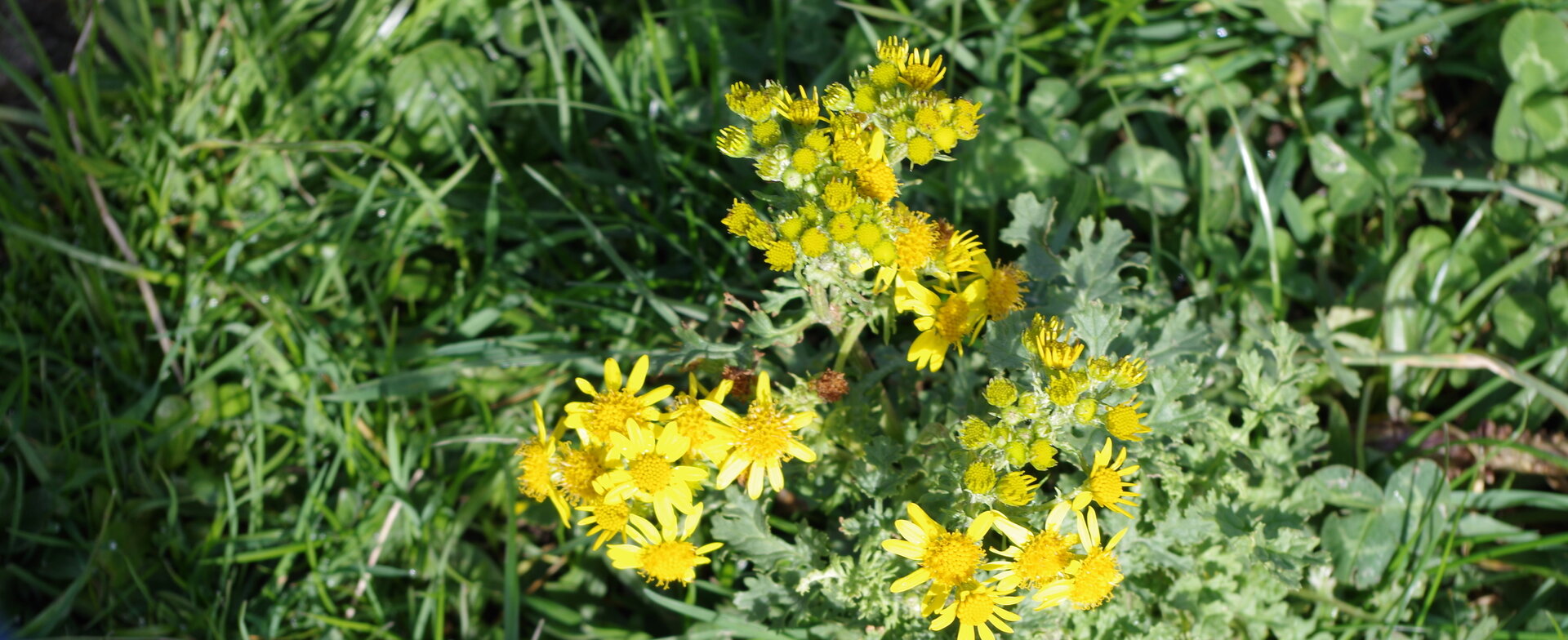A weed is a plant that is growing outside its original location and is threatening to both agriculture and biodiversity. Weeds can be;
- Introduced from other countries or from other regions of Australia
- Grasses, herbs, shrubs and trees
Examples of weed in the South Gippsland region from other countries are cape ivy, Bathurst burr, blackberry, ragwort, thistles and boxthorn. Examples of weeds from other parts of Australia include Cootamundra wattle from NSW, Cape wattle from WA and sweet pittosporum from Victoria.
Weeds are a problem because they
- invade native bush
- reduce wildlife habitat values
- invade valuable agricultural land
- provide havens for pest animal species
- cause injury to stock
- can be poisonous to stock and humans
Under the Catchment Management Act 1994, all landowners and public land managers are responsible for weed control and management on their property. The entire community is affected by weeds and has a moral responsibility to manage weeds at a local level.
A long-term approach, regular monitoring and vigilance is necessary to successfully control weeds and, if the property is heavily infested, many years of follow-up treatment will be required. This is because many weeds will regrow from seed and other plant parts stored in the soil.

Noxious, restricted or regionally controlled weeds have this symbol

Biological control is the use of one living species, the agent, to control an unwanted species, the target.
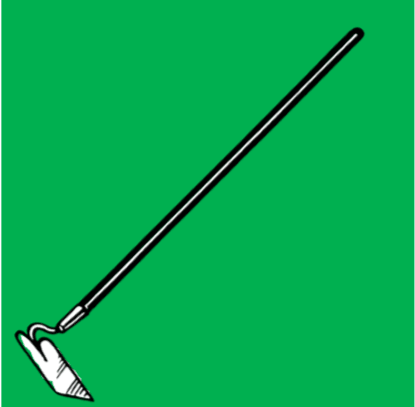
Cultivation has two main objectives, to prevent seeding and to destroy existing plants.

Controlled burning for the management of large woody weed infestations

Very effective in small areas or with isolated plants. Some plants will regenerate unless all root material is removed.
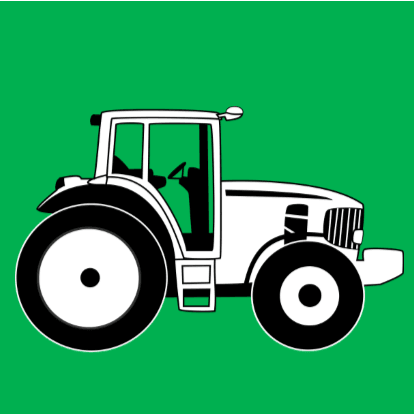
Suitable for initial removal of large infestations of woody weed
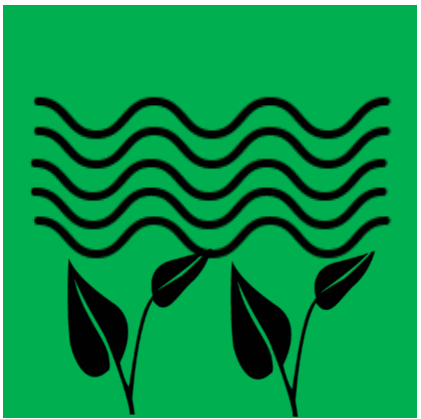
Mulching uses a thick layer of material which weeds struggle to penetrate.

Plant competition is an important means of weed control. Good grazing management and addressing soil fertility will help to control many weeds
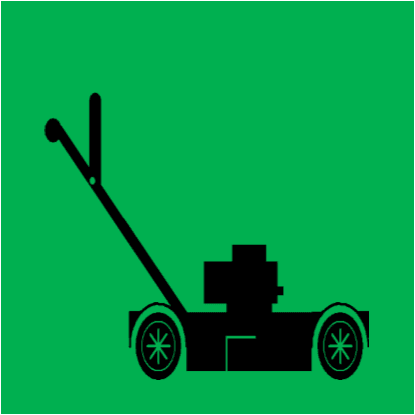
Slashing or Mowing. Care must be taken not to spread weed seeds.

Solarisation uses black plastic sheet to block light and uses the heat from the sun to ‘cook’ weeds

Cut and Paint is suitable for woody weeds and some creepers. The plant is cut off close to the ground and herbicide is immediately applied to the cut surface

An angled hole can be drilled into the sapwood just below the bark and herbicide immediately applied into the hole.
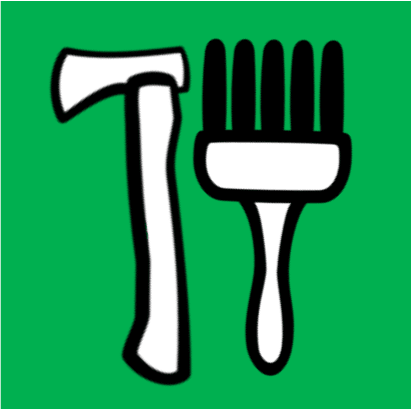
Chips or frills are made into the trunk of a woody weed close to the base of the trunk with an axe or tomahawk with herbicide immediately applied to the cut surface.
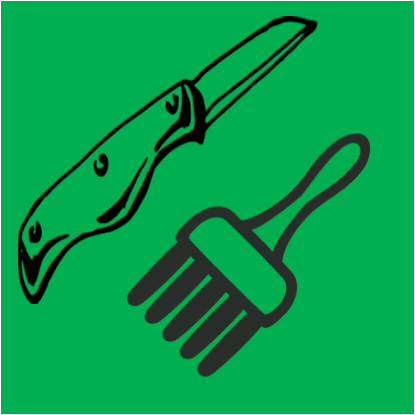
Scrape and Paint is more appropriate for treating large woody, vine-like weeds. The outside bark of a vine is removed with a knife and the exposed inner tissue is immediately applied with herbicide.
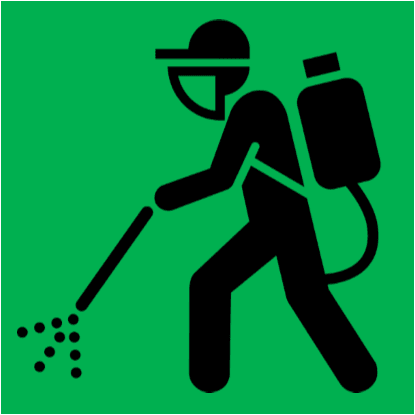
An appropriate herbicide applied as fine droplets to the surface of foliage using a knapsack or spray unit.

Grazing using stock such as goats, sheep and cattle.
Weeds may be managed using a variety of methods. The most effective management is usually achieved through a combination of techniques. Combining techniques to manage invasive species is also known as integrated management.
In general, the principles of a successful weed management program are:
- Clean (or weed free) areas should be managed to keep them free of infestation.
- Lightly infested areas should be treated as a priority to minimise further spread.
- Heavily infested areas should be tackled progressively as part of a property management plan. Repeated treatments will be required.
Things to consider before you begin
It is important not to disturb native vegetation, culturally significant areas or waterways when undertaking weed control works. If looking to undertake weed control works in these areas, consult with the responsible authority to seek advice on the best approach for your circumstances.
Contact your local Landcare group who will be able to provide advice and information that will assist your weed management program. They may be able to provide equipment, financial assistance or help coordinate a community program.
